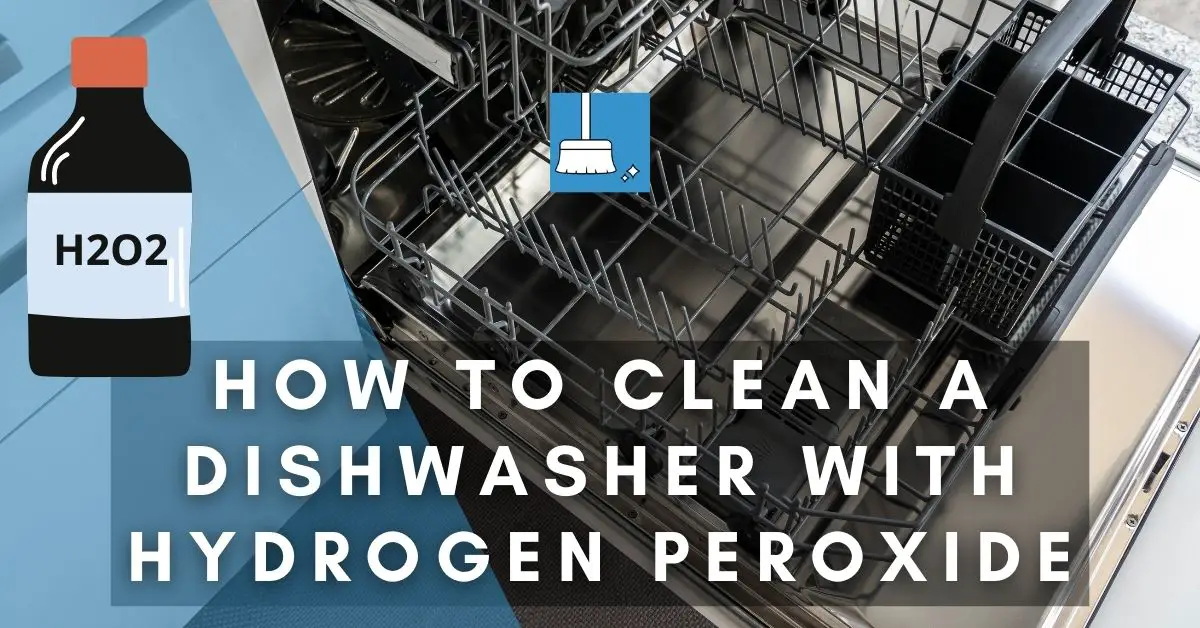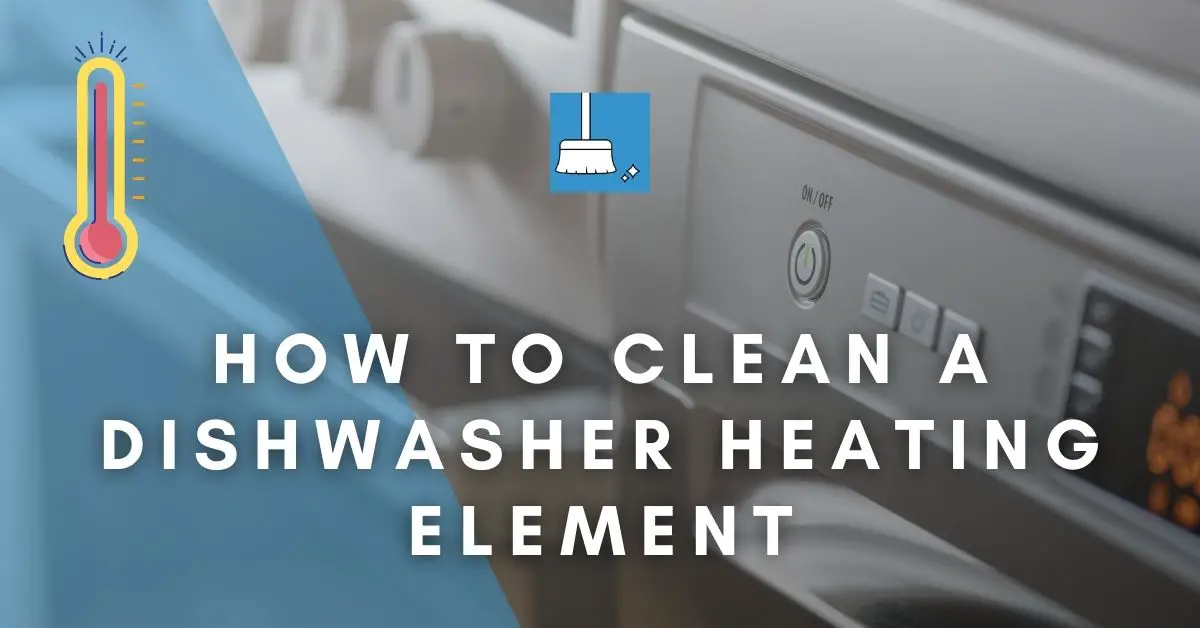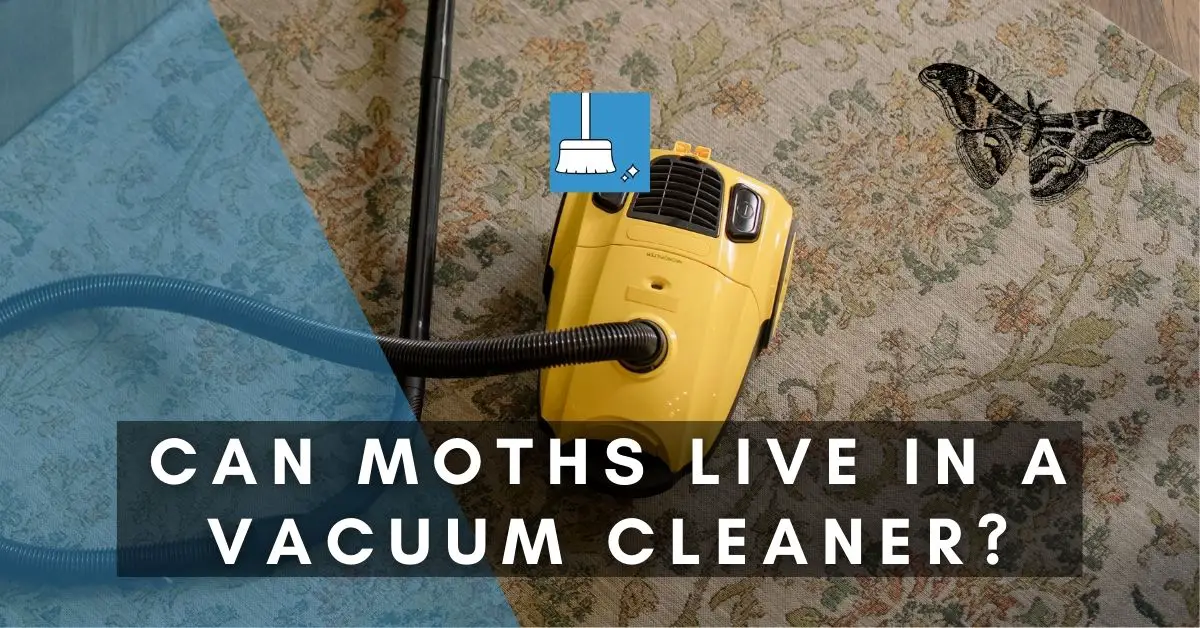People go unconventional all the time and look for ways to install ovens instead of a dishwasher or a wine cooler instead of a dishwasher. This might sound not so crazy.
But you now want to move your washing machine in place of the dishwasher. Is this possible and will it work? It is possible, after sorting out a few minor technicalities, which we are going to break down for you.
Can You Install a Washer Instead of Dishwasher?
A washer is just another name for the washing machine. You may want to move your washing machine to the space your dishwasher previously was. While this is possible, you need to look at the space requirements, plumbing requirements, and electricity supply.
Both appliances require access to water supply lines. A washing machine requires both hot and cold-water supply lines, while the dishwasher requires only the hot water supply line.
This article will highlight the plumbing requirements for a washing machine and a dishwasher, mechanisms that can be shared, and how to install a washing machine in the kitchen.
Installing Washing Machines or Dishwashers
The dishwasher is almost always installed in the kitchen, near the sink. A washing machine is usually kept in the utility room, though it can be installed anywhere provided the plumbing and electric requirements are met.
Installation for both these appliances is quite simple and can be done without the need for a technician if you are familiar with the process.
However, always consult the instruction manuals before installation or before making any changes to plumbing.
The dishwasher is usually powered by a 120v receptacle. A washing machine is powered by a 240v receptacle.
If you are moving the washing machine to the kitchen, you will need to change the receptacle.
Also, keep in mind that the washing machine in the kitchen looks odd and it is quite loud, especially during the spin cycle.
You may also need to check if the kitchen counter is big enough for the washing machine. Some adjustments may need to be done.
Is the Plumbing for a Dishwasher the Same as a Washing Machine?
The plumbing for both machines is similar. Both should have drain hoses to carry away the dirty water.
The washing machine will be supplied by both hot water and cold-water supply lines while the dishwasher requires only a hot water supply line.
Both appliances also come with drain hoses and water supply hoses.
If you are using the hose which was for the dishwasher to connect to the washing machine, you must check if it is compatible with the fittings in the washing machine.
The requirements for a dishwasher and a washing machine are explained below.
Plumbing Requirements of Washing Machine
Washing machines have three hoses connected to them. One supplies hot water, the other supplies cold water, and the third is used to drain the dirty water away from the machine.
Washing machines require both hot water and cold-water lines to be connected due to different laundry requirements.
The drain hose of the washing machine is usually connected to one of the following:
a) Dedicated Drainpipe
The volume of water drained is usually quite high, so getting the connection right is advisable, to prevent leaks and flooding.
b) Standpipe
This connects the drain hose to the waste stack of the house.
c) Utility Sink
This is not advisable due to the volume of water emitted.
The hoses can be made of stainless steel, rubber, or PVC.
The hoses for these machines can be interchangeable, but before switching the hoses, check the plumbing fixtures.
Plumbing Requirements of Dishwasher
A dishwasher usually requires only a hot water supply.
Two types of hoses are connected to the dishwasher – one to supply fresh water to clean the dishes and the other to drain the dirty water away from the dishwasher. The hose supplying the water is usually pressure-resistant and made of steel mesh. The hose draining away the dirty water is of low resistance use and made of rubber or plastic.
The dishwasher’s drain hose can be connected to:
a) the garbage disposal
b) sink drain (the drain should be fastened high enough to prevent water from flowing back into the dishwasher.
The main difference in the plumbing of the two appliances is the way dirty water is drained out.
If you want to install a washing machine where the dishwasher was, it should be supported with a good drainage system.
Can a Washing Machine and Dishwasher Share a Waste Pipe?
Yes, both appliances can share the same waste pipe. The pipe however should be wide enough, more than 2 inches. Also, it is advisable not to run both machines at the same time to avoid the sink from filling up and flooding the area.
Steps to connecting dishwasher and washing machine to the same waste pipe:
a) Double-spigot trap – The vertical pipe is replaced with one that has 2 spigots –one connected to the dishwasher and the other connected to the washer.
b) Splitter – Connect the 2 hoses to a splitter that is then connected to the existing waste pipe.
Consult a technician if you are unsure about connecting both appliances to the same waste pipe.
Can a Washer and Sink Share a Drain?
Yes, a washing machine and a sink can share the same drain, provided they are in proximity.
Steps to connect the washing machine and the sink to the same drain:
a) The washing machine’s drain hose expels the dirty water into a waste pipe or trap which should be above the height (more than 30 inches) of the top of the drum.
b) The sink trap should be changed to a washing machine/dishwasher trap which will have an inlet for the drain hose of the washing machine.
c) A non-return valve should be installed to stop dirty water from going back into the machine.
How To Install a Washing Machine in the Kitchen?
If you have a front-load washing machine, it can easily be placed under a counter, provided there is ample space.
There must be easy access to connections for the water and drain as well as electricity. Consult the manual as you install the washing machine.
Steps to install a washing machine:
STEP 1: Unscrew the transit bolts. These bolts prevent damage to the machine whilst it is in transit. Cover the holes with plastic covers (they should come with the machine).
STEP 2: Place the machine in the area chosen. Leave enough space for the installation of the pipes.
STEP 3: Ensure the machine is level. A washing machine that is not level can be at risk of damage due to high spinning speeds. The leveling feet of the machine are adjustable.
STEP 4: Attach one end of the cold-water hose to the back of the machine. Attach the other end to the cold-water supply.
Ensure the connections are tight enough to prevent leaks. Turn on the water supply to check if there is any water leaking.
STEP 5: Similarly, attach the hot-water hose to the back of the machine and the hot-water supply.
STEP 6: Isolation valves can be attached to the cold and hot water hoses. These are to cut off the water supply to the machine, instead of switching off the entire water supply if the need arises.
STEP 7: One end of the hose for draining away dirty water is already connected to the washing machine.
Connect the other end directly to the drainage pipe or to the kitchen drain under the sink. Again, ensure the connections are tight enough.
STEP 8: Plug the machine into the power supply outlet.
STEP 9: The machine is ready to be used. For the first cycle, monitor the pipes and hoses for any leaks.
Final Thoughts!
Depending on your overall space requirements and needs, a washing machine can be installed where your dishwasher was previously installed.
Always make sure to use the correct size pipes/hoses and read the instruction manual before installation. Also, instead of reusing the hoses which were for the dishwasher, use new hoses for the washing machine.
If you are unsure of how to install the washing machine, hire a technician.





